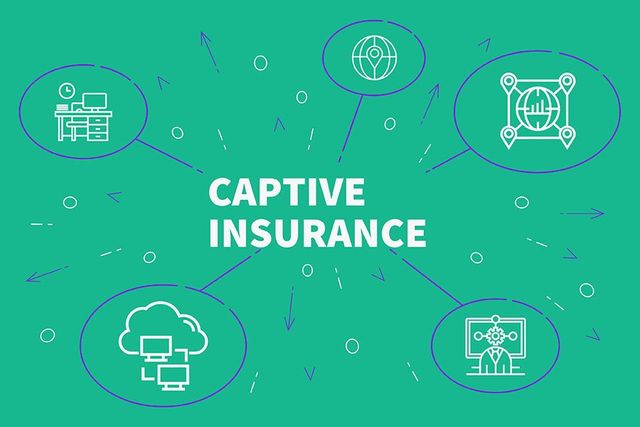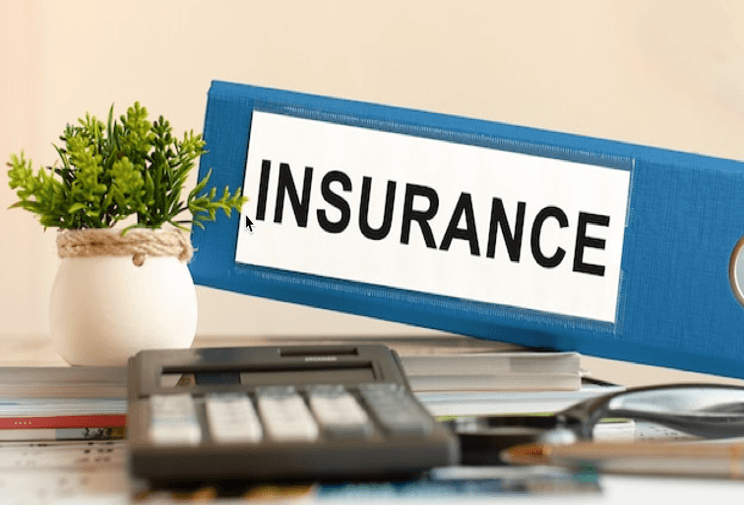8 Easy Facts About Pacific Prime Explained
8 Easy Facts About Pacific Prime Explained
Blog Article
Some Known Details About Pacific Prime
Table of ContentsNot known Facts About Pacific PrimeGetting My Pacific Prime To WorkSome Ideas on Pacific Prime You Need To KnowThe Pacific Prime Ideas
In most states, the insurance provider is needed to send you a duplicate of the changes to your policy. It is very important that you read Endorsements or Riders so you understand how your policy has actually changed and if the policy is still appropriate to satisfy your needs. To obtain a copy of your insurance plan, please contact your insurance policy agent or firm.
The Institute of Medicine (IOM) Board on the Repercussions of Uninsurance launches an extensive evaluation of evidence that addresses the significance of health and wellness insurance policy protection with the publication of this report. Insurance coverage Matters is the first in a collection of 6 reports that will be issued over the next two years documenting the truth and consequences of having an approximated 40 million people in the United States without health and wellness insurance policy protection.

The Best Strategy To Use For Pacific Prime
The goal of this series of studies is to redouble plan focus on a historical problem. Adhering to the longest economic growth in American history, in 1999, an estimated one out of every 6 Americans32 million grownups under the age of 65 and more than 10 million childrenremains without insurance (Mills, 2000).

10 percent of the population represent 70 percent of health care expenditures, a relationship that has actually continued to be consistent over the past 3 decades (Berk and Monheit, 2001) - global health insurance. Thus wellness insurance policy remains to serve the feature of spreading danger even as it progressively funds routine treatment. From the perspective of healthcare companies, insurance policy carried by their individuals aids safeguard a profits stream, and areas take advantage of monetarily practical and stable health care experts and establishments
Government offers health and wellness insurance to populaces whom the exclusive market might not offer efficiently, such as impaired and elderly persons, and populations whose access to health and wellness treatment is socially valued, such as kids and expectant women. The ultimate ends of medical insurance protection for the private and communities, consisting of work environment neighborhoods of employees and companies, are boosted wellness results and top quality of life.
About Pacific Prime
Workers rate medical insurance initially without a doubt in relevance among all the benefits used in the work environment (Salisbury, 2001). Although there have been sizable investments of individual and public funds to give medical insurance, many individuals still have no coverage. Regardless of considerable coverage of study findings and healthcare study results, the basic public stays overwhelmed and misinformed regarding Americans without health and wellness insurance coverage and the effects of lacking coverage.

Without concern, the intricacy of American health treatment funding mechanisms and the riches of resources of information contribute to the public's confusion and skepticism regarding medical insurance statistics and their interpretation. This record and those that will certainly follow objective to distill and provide in easily understandable terms the considerable study that bears upon concerns of medical insurance protection and its relevance.
Fifty-seven percent of Americans polled in 1999 believed that those without health and wellness insurance are "able to get the treatment they require from doctors and health centers" (Blendon et al., 1999, p. 207). In 1993, when national focus was concentrated on the troubles of the uninsured and on pending healthcare regulation, just 43 percent of those questioned held this idea (Blendon et al., 1999).

They likewise obtain less preventative services and are much less likely redirected here to have regular take care of persistent problems such as high blood pressure and diabetes mellitus. Persistent illness can cause pricey and disabling complications if they are not well managed (Lurie et al., 1984; Lurie et al., 1986; Ayanian et al., 2000). One national survey asked even more than 3,400 grownups concerning 15 highly major or somber conditions.
9 Simple Techniques For Pacific Prime
Additional proof is offered later in this phase in the discussion of insurance coverage and accessibility to healthcare. https://freddys-marvelous-site-a71e82.webflow.io/. Individuals without medical insurance are young and healthy and choose to do without insurance coverage. Virtually fifty percent (43 percent) of those surveyed in 2000 believed that individuals without health and wellness insurance policy are most likely to have health issue than people with insurance
Citizens and policy makers in emphasis group conversations characterize those without insurance coverage as youths who have the opportunity to be covered and feel they do not need it (Doorperson Novelli, 2001). Contrasted to those with at the very least some personal coverage, the uninsured are much less likely to report remaining in exceptional or excellent health (Agency for Healthcare Research and Quality, 2001).
SOURCE: Facility for Cost and Funding Researches, Company for Health Care Research and Quality, based upon MEPS data. Young person in between 19 and 34 are much much more most likely to lack medical insurance than any type of various other age. This is mainly due to the fact that they are less often eligible for employment-based insurance coverage as a result of the nature of their job or their short period in it.
The understanding that people without insurance coverage have better-than-average wellness adheres to from confusing the fairly young age account of the without insurance with the far better health, usually, of younger persons. This obscures the web link between health condition and medical insurance. For those without access to office health insurance, bad health is a potential barrier to buying nongroup insurance coverage since such insurance coverage might be very priced, exclude pre-existing conditions, or be merely inaccessible.
Report this page